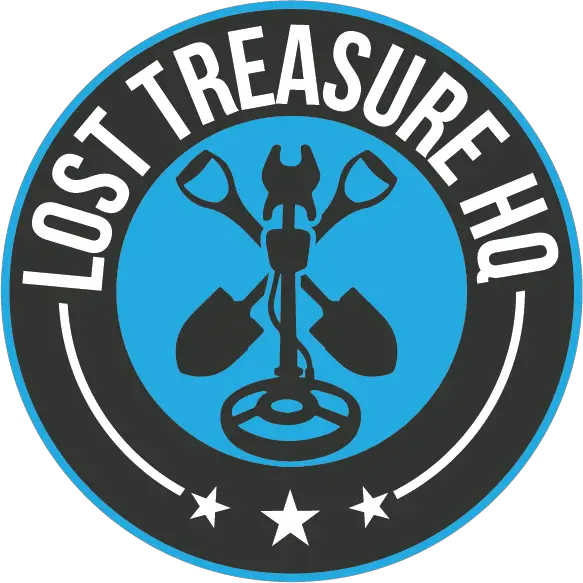- Home
- Federal Reserve Notes
- 1996 $20
How Much Is The 1996 20 Dollar Bill Worth?
Unfortunately the 1996 20 Dollar Bill is only worth face value, even in uncirculated condition with a grade of fine, very fine, extra fine, about unc and crisp unc.
Only star notes and notes with a grading of at least 60 are worth more than the $20 face value.
There was one very special 1996 $20 bill you may have heard about in the news or on social media.
It was nicknamed the 'Del Monte' and sold at auction in January 2021 for $396,000 making it probably one of the most valuable Federal Reserve Notes ever printed (more about it below).

Image Courtesy of Heritage Auctions
- Series: 1996
- Denomination: $20 USD
- Seal Varieties: (1) Green
- Signature Varieties: (1) Mary Ellen Withrow - Robert E Rubin
- Regular Varieties: (12) Boston (A), New York (B), Philadelphia (C), Cleveland (D), Richmond (E), Atlanta (F), Chicago (G), St. Louis (H), Minneapolis (I), Kansas City (J), Dallas (K), San Francisco (L)
- Star Note Varieties: (9) Boston (A), New York (B), Philadelphia (C), Cleveland (D), Richmond (E), Atlanta (F), Chicago (G), St. Louis (H), San Francisco (L)
- Regular Notes Printed: 6,860,800,000
- Regular Star Notes Printed: 50,560,000
Over 6 Billion regular 1996 20 Dollar Bills were printed June 1998 through September 2001 at both Fort Worth TX and Washington DC.
They were issued to all the Federal Reserve District Banks and also the first series of $20 bills that were available to collectors in uncut sheets.
If you're interested in the 1996 $20 Federal Reserve Note, you might also enjoy learning about the 1950, 1988 or 1985 $20 bills also.
What Does The 1996 20 Dollar Bill Look Like?
The 1996 $20 bill has been completely redesigned compared to its 1995 series predecessor. It's the first time the $20 Federal Reserve Note has had a complete redesign since 1929.
Due to advancements in counterfeiting methods, more security features than ever before had to be added to the new FRN design to prevent fake notes from circulating.
Some of these new anti-counterfeiting security features include microprinting, color-shifting ink, a plastic security strip that glows green under ultraviolet light with the letters USA 20, and a watermark.
On the obverse of the new $20 note is a larger portrait of Andrew Jackson, now positioned off-center. To the top left of this is the new style serial number.
On the note above it reads AG20492291A. The second letter represents the Federal Reserve District Bank that it was issued to. In this case it is 'G' for Chicago.
Below this is the seal of the United States Federal Reserve System which replaces the Federal Reserve District Bank letter.
Underneath the seal is the obligation clause which reads, THIS NOTE IS LEGAL TENDER FOR ALL DEBTS, PUBLIC AND PRIVATE.
Finally below the obligation clause is the signature of the Treasurer of the United States Mary Ellen Withrow and the note series 1996.
On the right hand side of the Jackson portrait is written THE UNITED STATES OF AMERICA with the Department of the Treasury seal underneath with the word TWENTY written across it.
Below the seal is the serial number again and the signature of the Secretary of the Treasury Robert E Rubin.

Image Courtesy of Heritage Auctions
The reverse side of the 1996 20 Dollar Bill still features an image of The White House although it now depicts the North side view as opposed to the South side view that appeared on previous $20 bills.
Above the image is written IN GOD WE TRUST.
1996 20 Dollar Bill Star Note

Image Courtesy of Heritage Auctions
Just over 50 Million 1996 series Star replacement notes were printed. These are worth slightly more than the regular notes.
Fine, Very Fine, Extra Fine and About Unc are all only worth face value. Once you get to grade 60 and above, the value increases.
Crisp Unc (60-62) are worth $28, Choice CU (63) $35 and GEM CU (65) $52.
A Superb Gem 67 EPC sold at Heritage Auctions December 2021 for $84.
1996 20 Dollar 'Del Monte' Bill

Image Courtesy of Heritage Auctions
So what's so special about this 1996 20 Dollar Bill? Why did it sell for $396,000?
Because it's a one of a kind error note. The technical term for the condition it's in is Obstructed Printing Error With Retained Obstruction.
In order words, something got in the way when the printing happened (the Del Monte sticker) and is still there.
It's very rare for something to stick to a FRN during printing and still be there after it enters circulation.
The official PMG (Paper Money Guaranty) grade is Choice Uncirculated 64 EPQ (Excellent Paper Quality) and it was printed in Fort Worth TX which is the BEP's Western Currency Facility.
The serial number begins with AH so we can tell it's a 1996 Series note because of the 'A' and printed for Federal Reserve Bank of St Louis because of the 'H'.
So how did this happen?
Well, there a number of theories. Some people think an employee of the US Bureau of Engraving and Printing stuck it on there for fun during their break after eating a Banana.
Federal Reserve Notes go through three stages of printing. The back of the note is printed first, then the portrait, signatures and borders are printed next.
Lastly, both seals and the serial numbers are printed on to the note.
So The Del Monte note went through the 1st and 2nd printing stages as normal, then before the 3rd printing took place, the Del Monte sticker magically made its way onto the paper.
The 1996 $20 Del Monte note was originally found by a college student in Ohio who got it as part of a withdrawal from an ATM in 2004.
He listed it on eBay and sold it for $10,000.
As the note became more popular in the world of Notaphily and started appearing on magazine covers, it changed hands again for $25,000 in 2006.
It garnered its highest auction price to date when it sold at Heritage Auctions on January 22nd, 2021 for $396,000.
Learn more about Coin Collecting and Notaphily at LostTreasureHQ.com.


